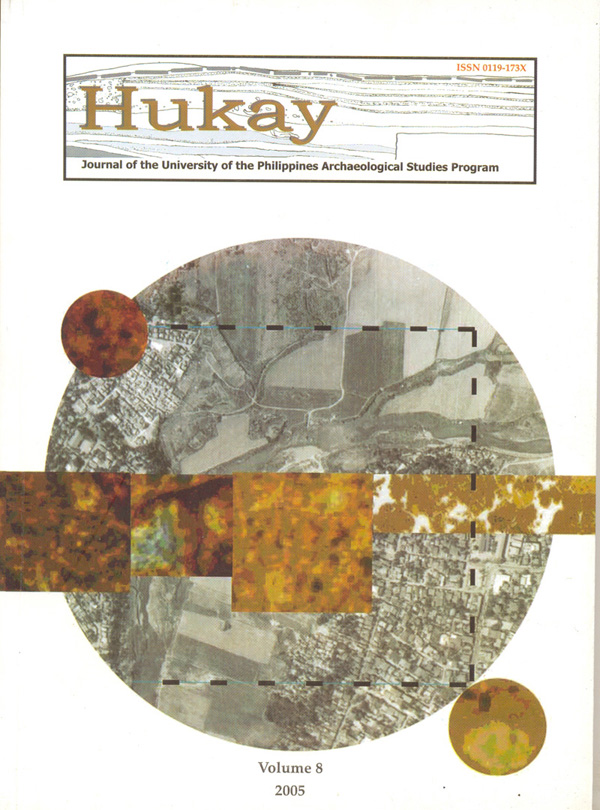The Nagsabaran Shell Midden Site: A Soil Micromorphological Approach
Abstract
Soil micromorphological analysis was applied to the sediment samples taken from the archaeological site of Nagsabaran, Northern Luzon, Philippines. The first sample comes from the interface of a bivalve shell midden deposit and a massive layer of silty clay loam; the second was taken from the latter layer and the third, which is a dark brown silty clay deposit. Analyses of the two samples show that the pedology of the area is based on a fluvial pyroclastic deposit. The particles are subangular, indicating that they were transported from a short distance. Thin sections from the lower layer show geogenic formation. Charcoal was observed in the thinsections but this could not be associated with human activity. Particles of black pottery were also observed in this silty clay layer. These results have great implications in understanding the chronological relationship between black and redslipped pottery in the area.



